4 European Capitals To Avoid This Summer And Where You Should Go Instead!
8 min readCapitals are often considered the unmissable, number one destination across most European countries. That is because they have usually been at the forefront of their history and development as states, and they just happen to have accumulated the most cultural value. Not all first cities of Europe have redeemable qualities about them, however, be it …
The post 4 European Capitals To Avoid This Summer And Where You Should Go Instead! appeared first on Travel Off Path.
Last Updated 7 hours ago
Capitals are often considered the unmissable, number one destination across most European countries.
That is because they have usually been at the forefront of their history and development as states, and they just happen to have accumulated the most cultural value.
Not all first cities of Europe have redeemable qualities about them, however, be it their lack of Old World charm—let’s face it, you’re not crossing the pond this summer to see more America-like modern buildings—unwarranted expensiveness, or as we like to call it, status as faux capitals:
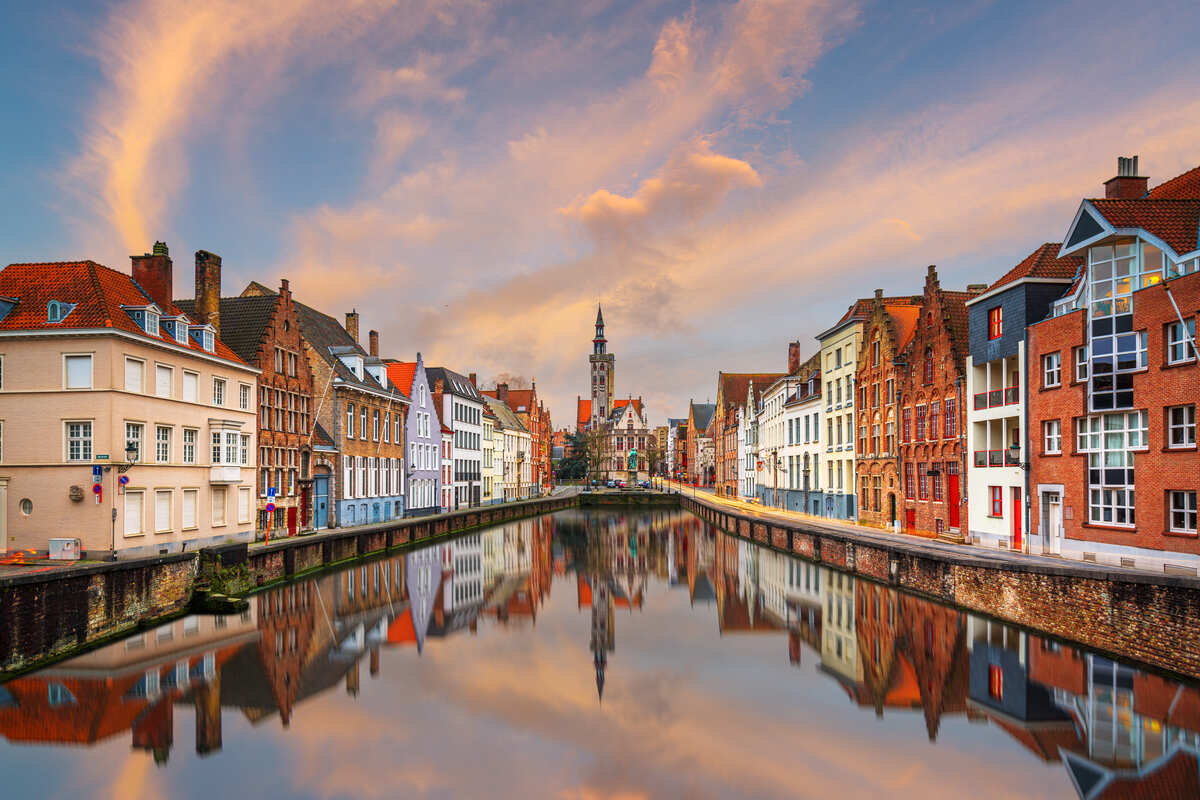

There’s a fair few of them that weren’t even capitals historically, having only snatched that title from far older, more fascinating cities in the last 100 years, and though they’re not exactly tourist traps, they’re best known as administrative centers.
Regardless of the reason, which are the European capitals to avoid this season if you’re keen on experiencing a country’s culture without feeling robbed of your time (or money)?
Well, my friend, having been to every single European country there is, I have 4 for you that we wouldn’t go out of our way to revisit in the near future:
Instead Of Dublin… Galway
Don’t get me wrong, I am absolutely obsessed with Ireland as a country, but there’s no love lost between Dublin and I: bar a couple of historical buildings, with Dublin Castle and Trinity Collage to name a couple, it’s not exactly the most exciting of capitals.
It’s rather flat, lacking any major iconic landmarks that you would promptly identify as being Dublin’s, as you would associate the Eiffel Tower with Paris or Big Ben with London, and every time I rock up to jam-packed Temple Bar, $100 is the bare minimum I’m spending on a night out.
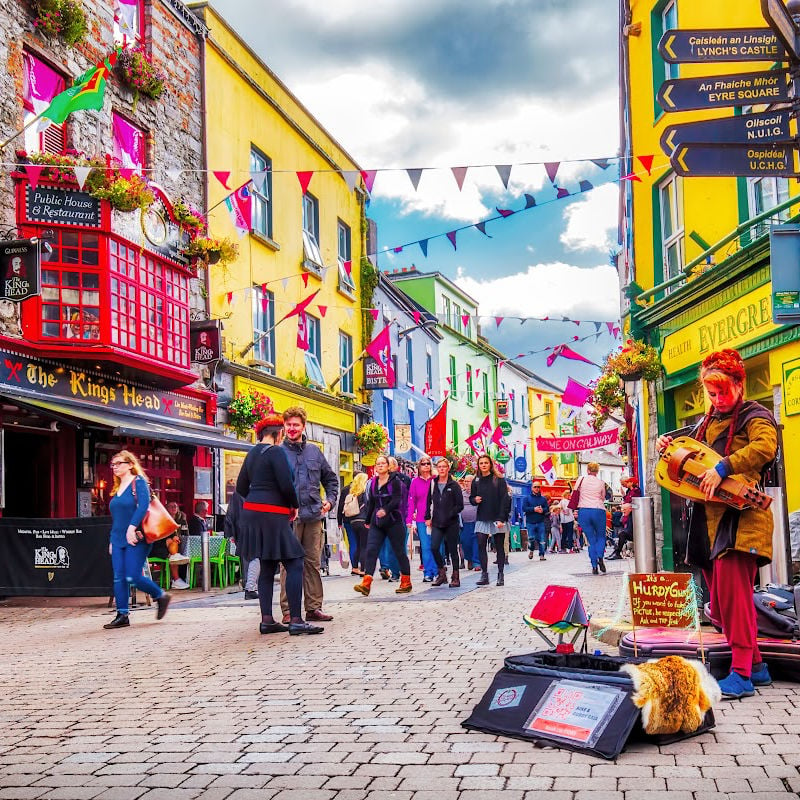

Luckily for the odd Bohemian out there, like me, Dublin is not Ireland’s only cultural offer, and certainly not the only city where you can dive into the subworld of Irish pub-crawling and sing-alongs: my top pick would be Galway, on the West Coast of Ireland.
Mind you, it’s not that much cheaper than Dublin, as all of rural Ireland is weirdly pretty expensive to travel, but its colorful Latin Quarter, flanked by traditional pubs and bars does feel more authentic, and less crowded than the godforsaken Temple Bar.
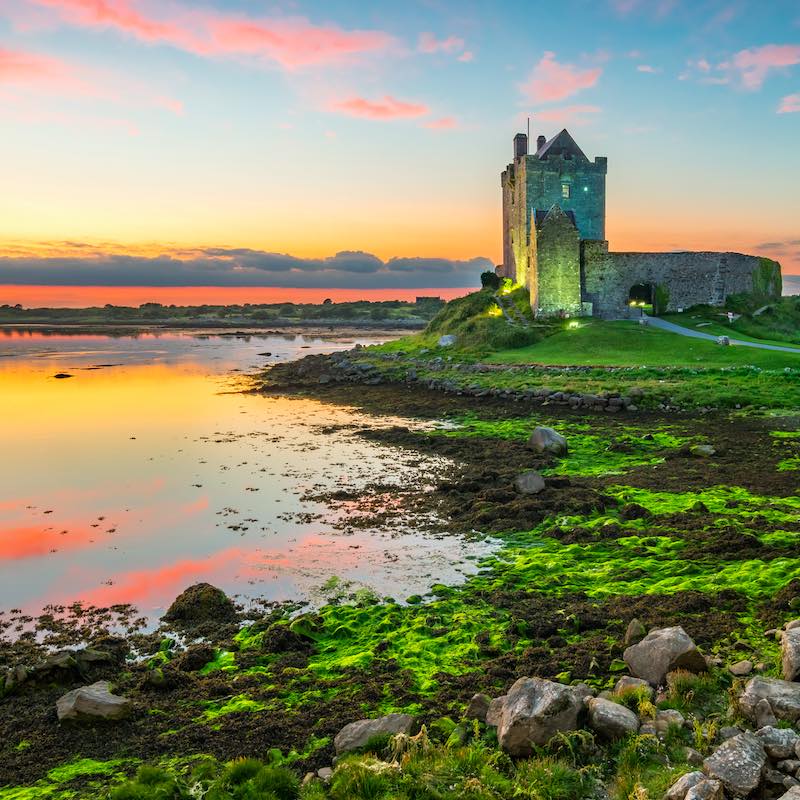

Whether it’s the lively Tigh Neachtain, which carries Gaelic tradition not only in its name, or the buzzy Dáil, you’re sure to have a ‘cracking’ time, as the good-spirited Galway locals would put it, not to mention the city is more compact, far more quaint, and safer than the crime-ridden capital.
The cathedral is an absolute marvel of the Renaissance Revival order, piercing the otherwise-even skyline, the aforementioned Latin Quarter is full of charming low houses and Instagrammable corners, and even if you tried, you just can’t escape Galway’s medievaldom, even if you’re shopping.
What I’m saying is, don’t be surprised if, upon entering the well-frequented Eyre Square Mall, you find the partially-preserved walls and tower of a castle.
Instead Of Podgorica… Kotor
Montenegro is currently one of the trendiest summer destinations in Europe, largely due to its unspoiled coastline which borders the turquoise-colored Adriatic, and gorgeous medieval cities made out of stone; ironically, its least appealing destination is, well, the capital.
Though it dates back several centuries, one could describe modern-day Podgorica as a lifeless modernist blob: instead of narrow alleys lined by cute buildings, you’ll find blocks of concrete, the odd Yugoslav commemorative statue, and an underdeveloped riverfront that’s uninspiring at best.
It does house a historical clock tower, and a number of Ottoman leftovers that are barely discernible amid the mass of grey, but honestly, we’re not in a hurry to be back.
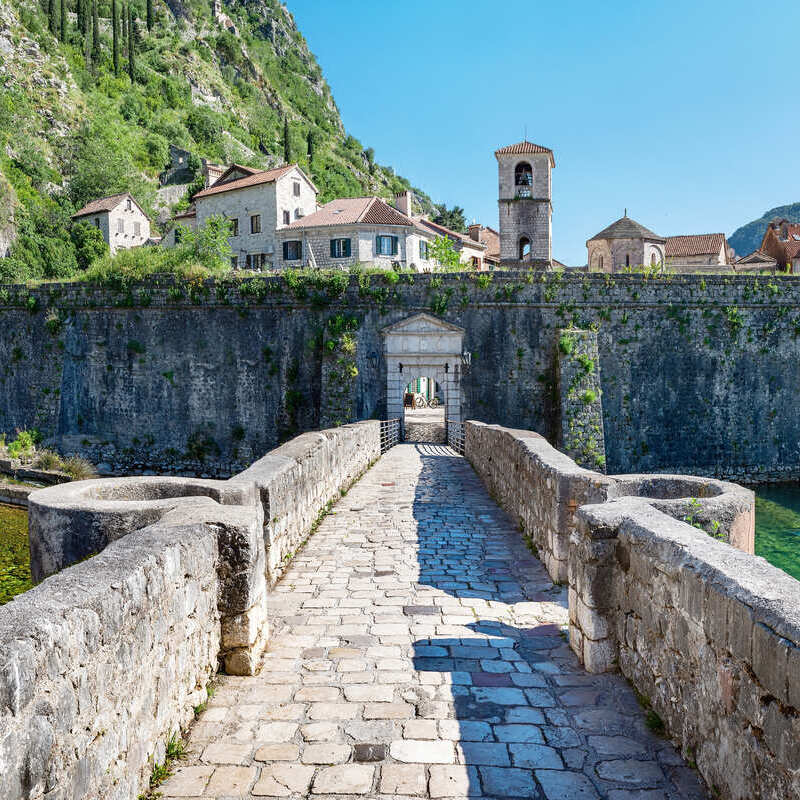

On the other hand, Kotor on the Dalmatian Coast is the true cultural heart of Montenegro, and an ocher-colored, ancient walled city criss-crossed by cobbled streets, dotted with charming alfresco restaurants and beautiful Romanesque churches that have stood the test of time.
Kotor is often compared to Dubrovnik, in neighboring Croatia, in terms of historical relevance and beauty, as they both belonged to the now-defunct Republic of Venice, and were significant maritime powers throughout the Middle Ages.
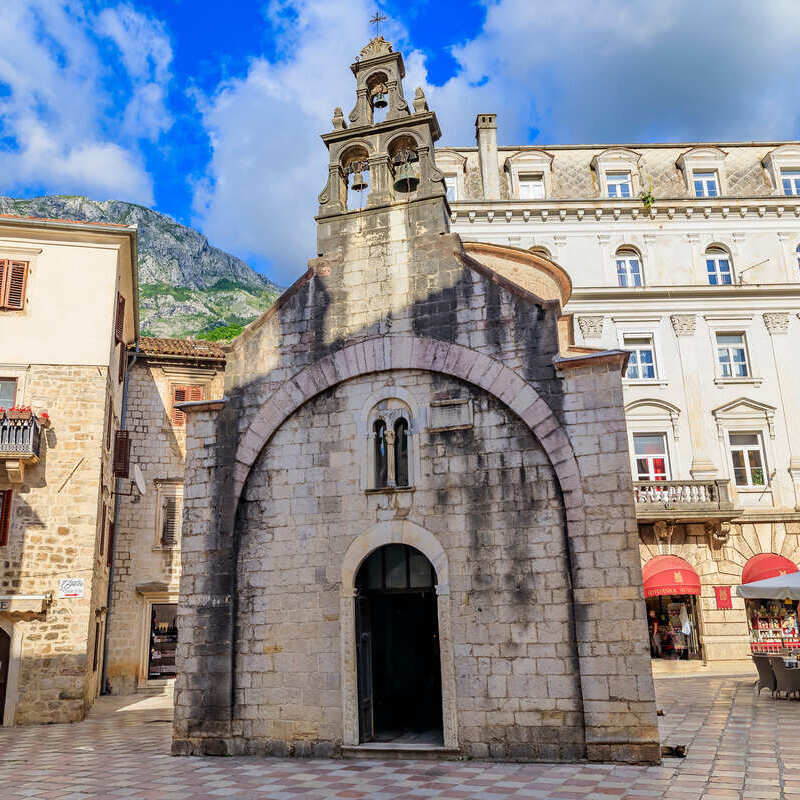

All around Kotor, there are tourist-friendly hikes leading to gorgeous lookouts, with views of the Mediterranean Bay of Kotor and its turquoise waters waiting at the top, and secluded beaches and coves that are yet to be spoiled by mass tourism.
As you can see, they may well exist under the same flag, but Podgorica and Kotor are in two parallel planes: the capital excels mostly at being a Government headquarters and ode to an oppressive socialist past, while the coastal sister is a Southern European gem exudes character.
Instead Of Warsaw… Gdańsk
I feel a tad conflicted towards this one, mostly because I don’t want to be unjust to Warsaw considering its cultural relevance, particularly pertaining to World War II, but at the end of the day, I just have to be honest with our Travel Off Path readers.
Yes, Warsaw is a major European capital, and there’s no denying it’s an emotive spot for many to visit, especially American Jews, due to its war museums and heart-wrenching History, but for me, Warsaw of the present day is a mere extension of the Americas in European soil.
That’s hardly surprising, as it was literally nearly bombed out of existence and had to be rebuilt from scratch in the 20th century.
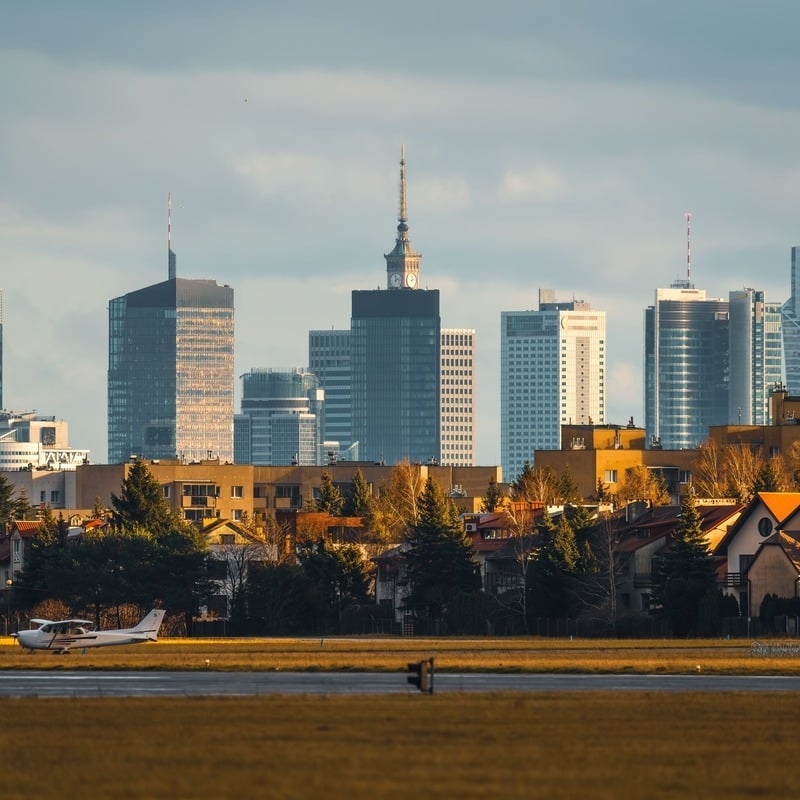

I mean, look at the skyline: it’s mostly towering skyscrapers, Brutalist carcasses that seem to have been chewed up, and spit out by Russia, and wide—perhaps far too wide—boulevards lined by gray apartment blocks that are friendlier towards cars and trucks than they are to pedestrians.
It’s a classic Eastern European metropolis, and with the exception of the teeny tiny Old Town, and its handful of reconstructed buildings that fail to emulate the grandeur of the previous medieval houses and marvelous palaces that once stood in their place, there’s not much to look at and be marveled by.
I would very much prefer spending time in gorgeous Gdańsk instead.
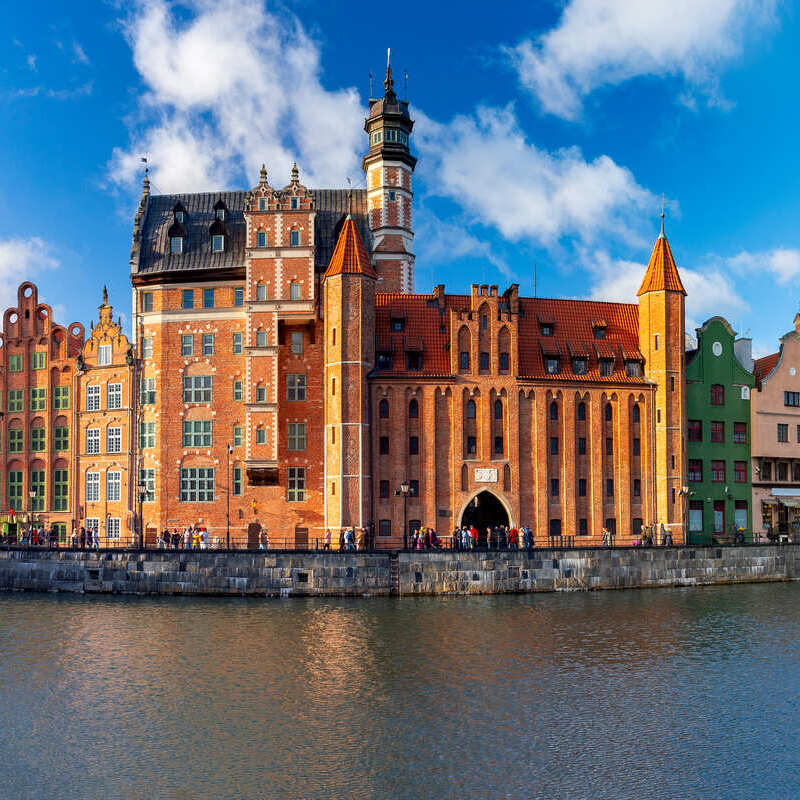

The gem of the Baltics, on the North Coast of Europe, this Hanseatic city was one of the continent’s most important trading hubs and ports in the Middle Ages, and despite being heavily bombarded in the war, much like Warsaw, at least it’s managed to restore much, if not all, of its original charm.
Walking down the long Długa, you’ll be constantly looking up in awe of the skinny buildings, coming in muted green, scarlet, yellow, orange and blue colors, like lego pieces, except their facades are anything but bare of ornaments: expect intricate Germanic motifs and window-frames carved in great detail.
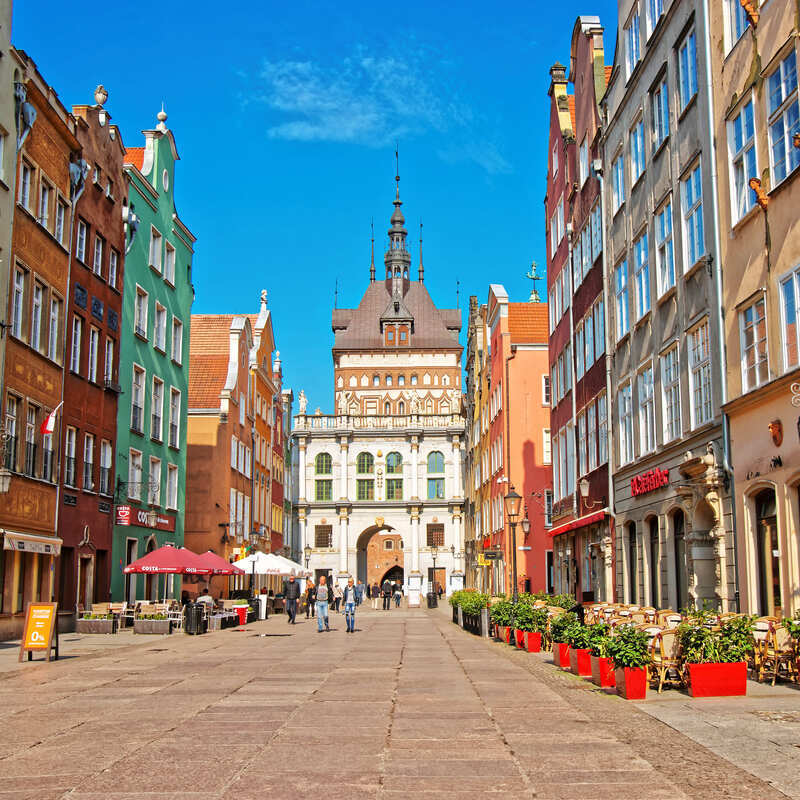

Gdańsk suffered substantial damage, as it was one of the first cities the Nazis occupied, and it was showered with Soviet bombs towards the end of the conflict, but unlike Warsaw, recuperation of heritage was a key policy during its rebuilding.
Most of the houses were restored almost exactly as they were, and the medieval atmosphere has been maintained, versus Warsaw’s big city mess.
Among the most important sights in Gdańsk, I was most impressed by the Invicta Basilica of St. Mary, a brick juggernaut that avoided much of the destruction and remains one of the three largest brick buildings in the entire world.
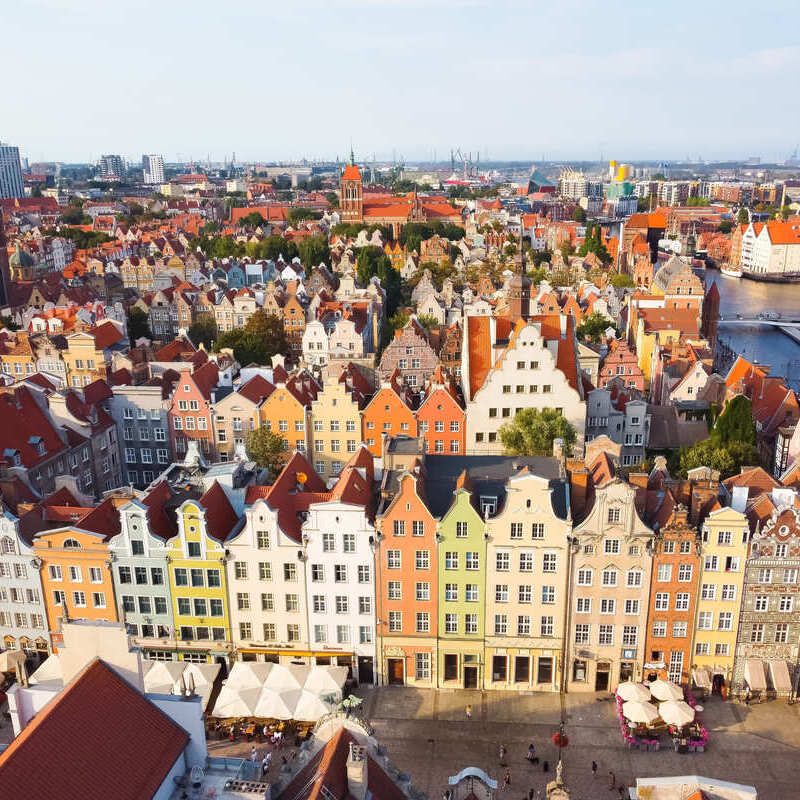

The view atop the Basilica, opening up to the terracotta-roofed skyline of Gdańsk, with its endless colorful fronts and the port is truly breathtaking, though I was also equally inspired by the ornate Green Gate, standing pompously on the Motlawa Embankment, and the medieval wooden Crane.
Gdańsk is fairly affordable, too, with spa hotels costing from $50 per night to book, and three-course meals in inexpensive local restaurants averaging $15-20, making it the perfect affordable cultural getaway.
Instead Of Brussels… Bruges
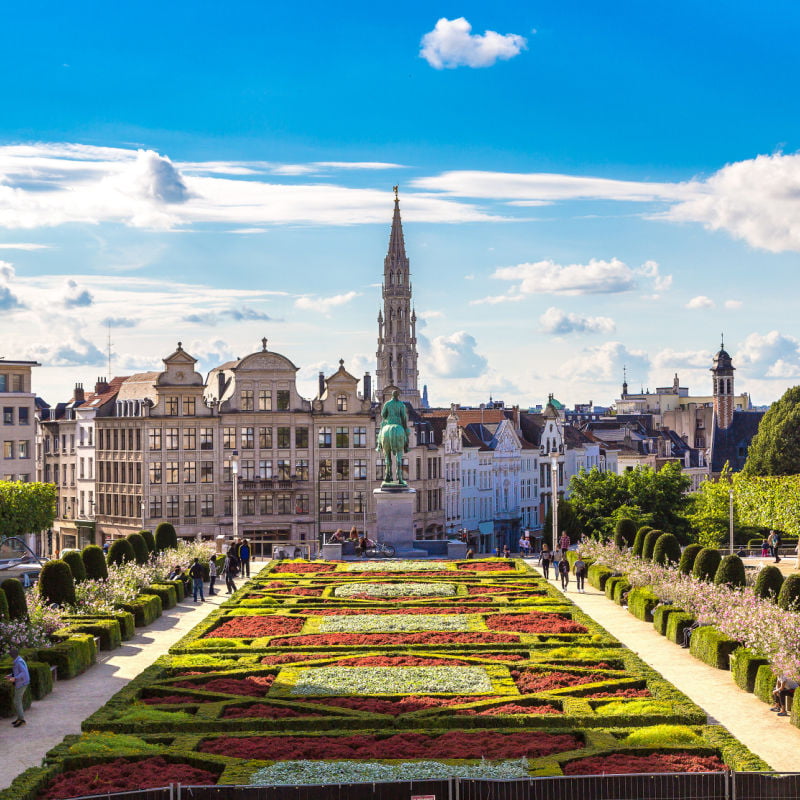

I know what you’re probably thinking… ‘but Brussels is the capital of Europe’, ‘it’s home to one of the most beautiful public squares in the world’, ‘what about those soft, honey-drenched Liegeois waffles? And the melt-in-your-mouth chocolate? And the fries?’
Don’t get me wrong: Brussels is worth a (short) stopover, and the food scene is indeed something to look forward to, but in all honesty, a single day is probably enough to tick off all the main landmarks in town, from Grand Place to the Atomium.
Plus, Brussels is not as pretty as those Google photos would have you believe…
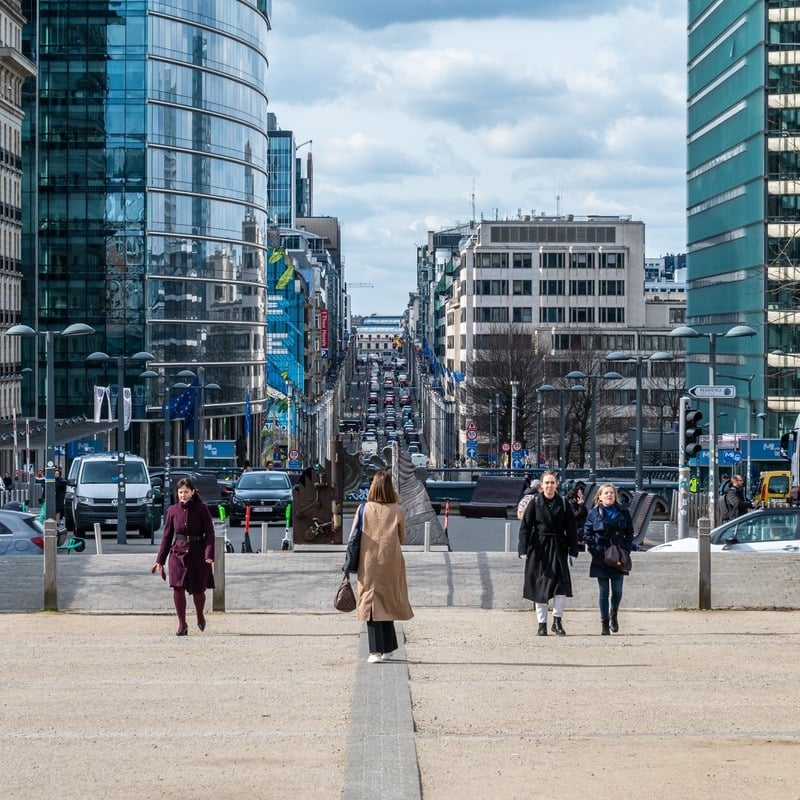

It’s mostly an administrative center, serving as capital of the European Union and a host of minor European institutions, and if you verge off Grand Place, you may be surprised to not find a continuation of the architectural grandeur of the historic center.
Now, kebab shops in Turkish-dominated suburbs, controversial modernist structures that look even grittier with the questionable graffiti, rough sleepers, and roadwork extending for miles on end, there’ll be surely plenty of those.
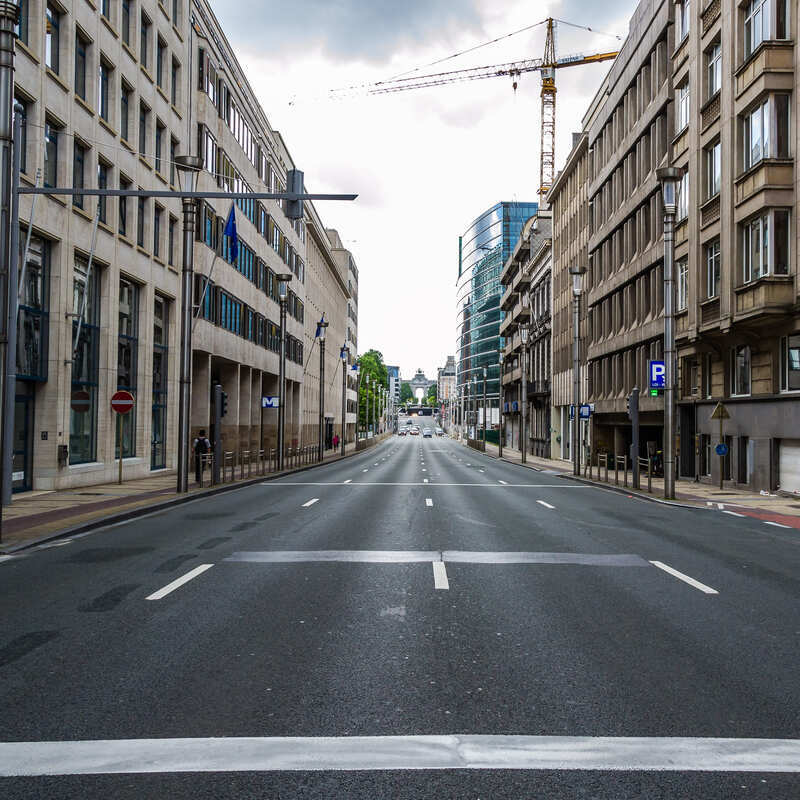

That’s why, whenever I land in Belgium, I very much prefer taking the first train north towards Bruges, the so-called Venice of the North, traversed by narrow canals lined by Dutch-style buildings, and arguably one of the most charming cities in Europe.
Bruges is the best representation of Belgium’s Dutch-speaking Flanders half, with its distinct culture, Amsterdam-influenced cuisine, and historical landmarks as far as the eyes can see, or to be more precise, as far as the canals go, and these are extensive.
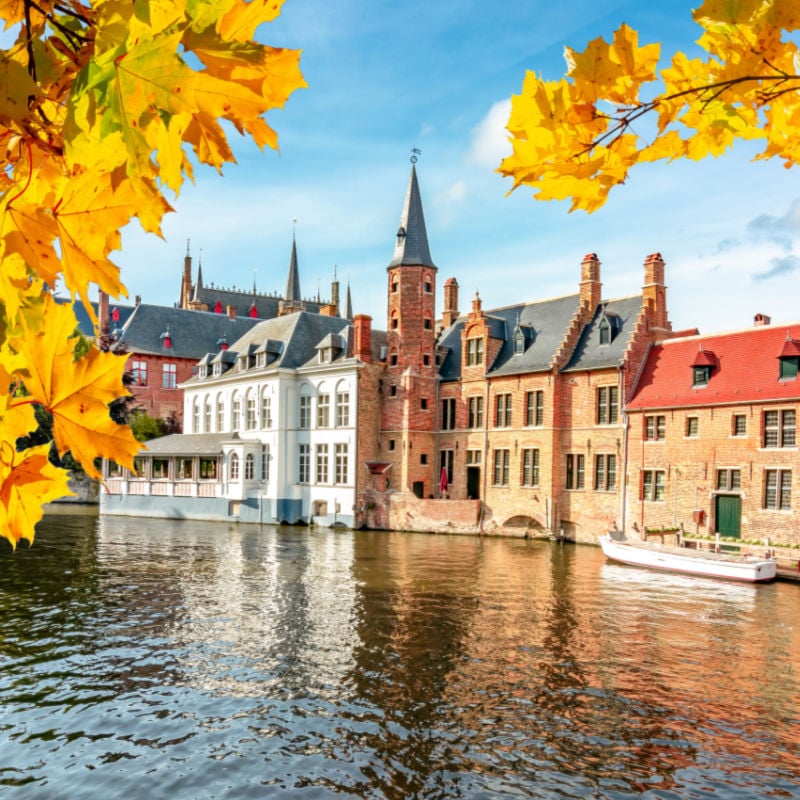

In total, it’s 7.5 miles of scenic waterways, along which sit major points of interest, like the Basilica of the Holy Blood, housing an alleged relic containing the blood of Christ, but more renowned for the colorful medieval stained-glass windows and golden altarpiece.
The 13th-century Church of Our Lady and its Gothic spire is yet another symbol of the Bruges skyline, as is Market Square and its towering belfry, still the tallest building around, easily discernible from afar as it looms over the maze-like cobbled ways.
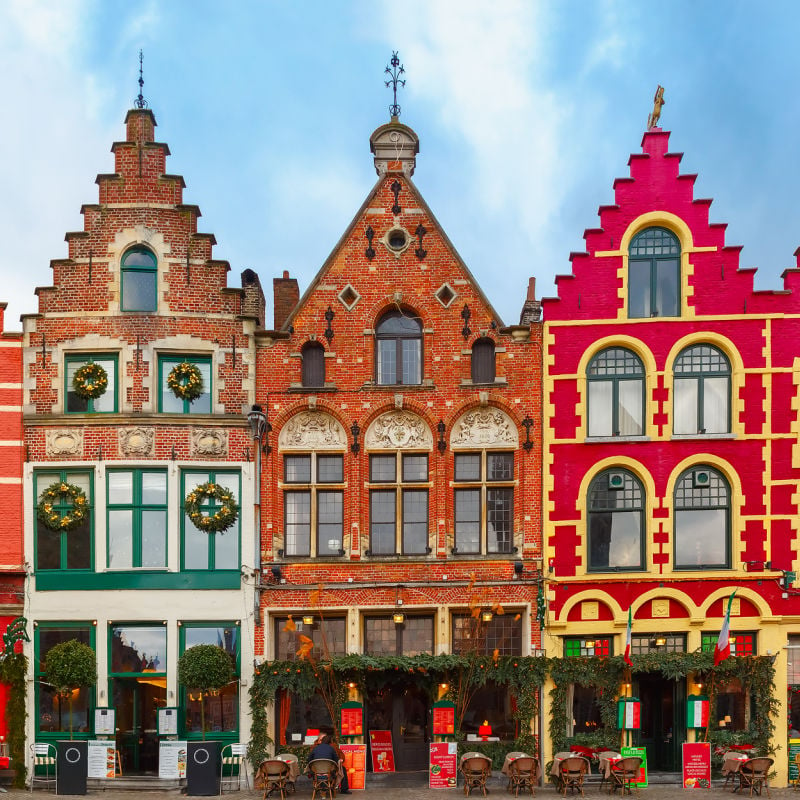

Bruges is ideal for escaping the urban chaos that’s Brussels, as it’s smaller and feels surprisingly quaint, despite being visited by millions of tourists every year, not to mention it’s safer without the hordes of irregular migrants that would be setting up tents by the Central Station:
From going on strolls along the canal front, boat tours, sampling food from a local market, or downing pint after pint in a pub boasting a collection of over 1,000 beers, Bruges will be sure to keep entertained for longer than a single afternoon.
↓ Elevate Your Travel↓
Sign Up Now For Travel Off Path Premium! No ads, VIP Content, Personal Travel Concierge, Huge Savings, Daily Deals, Members Forum & More!


✈️Join Our Travel Off Path Community Forum: Where travelers unite, ask questions, share experiences and even find like-minded travel buddies!
SUBSCRIBE TO OUR LATEST POSTS
Enter your email address to subscribe to Travel Off Path’s latest breaking travel news, straight to your inbox.
This article originally appeared on TravelOffPath.com
Opinions expressed here are the author’s alone, not those of any bank, credit card issuer, hotel, airline, or other entity. This content has not been reviewed, approved or otherwise endorsed by any of the entities included within the post.



